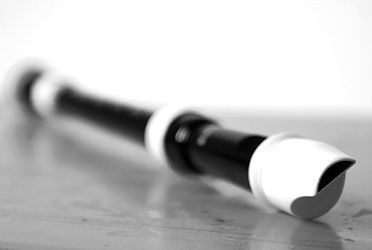
Piano Lessons
The piano is arguably the most popular instrument to learn. It is very versatile and extremely good for brain development (as two hands, two feet and two lines of music at a time are involved!). You can start lessons as young as 4 years old with us, but we recommend also attending a music & movement class for best results. Many children begin learning on a keyboard (as they are cheaper), but we recommend getting an acoustic piano as soon as your child has shown a commitment to the instrument as the touch of a keyboard is very different to a piano and can inhibit proper technique.
Teachers: Leah Munroe, Kent Isomura, Felicity Than, Jonathan Lau, Yvonne Wang

Voice Lessons
The voice is the most convenient instrument as it travels with you, wherever you go, and is free! All students can benefit from singing lessons as it helps with all-round musicianship. The serious vocal performer can look forward to ensemble opportunities in choirs, musicals and (if you undertake classical training) operas. Currently we are offering classical and contemporary vocal lessons.
Teachers: Elizabeth Mandeno
Oboe Lessons
The oboe is a double-reeded woodwind instrument, usually associated with orchestras. Oboists have a very special job which is to play a tuning note for all the other instruments to tune to before the concert starts! You can also find oboes in concert bands and chamber music (such as a woodwind quintet). For younger players who have smaller hands, we recommend starting on the recorder and transitioning to the oboe when appropriate. The cor anglais is a close cousin to the oboe and is also found in orchestras and concert bands.
Teachers: Felicity Than,


Flute Lessons
The flute is the most publicly-known woodwind instrument and is very versatile. Students may choose to play in orchestras and bands, or even try some jazz flute in due course! There are different kinds of flutes for younger children, and for very small hands it is advisable to start on the recorder first, transitioning when the student is physically ready. As it is a woodwind instrument, air-control is vital in playing it well. So one really has to devote a lot of time to breathing properly and efficiently. It is a good instrument for students who like to play as part of a team, but can also handle the spotlight.
Teachers: Leah Munroe, Ashleigh Fraser

Clarinet Lessons
The clarinet belongs to the woodwind family and is a staple instrument in many ensembles. There are different types of clarinet (Eb, Bb, A, Alto and Bass) but the one students begin on is usually the Bb clarinet. The clarinet was hugely popular during the swing and big-band era (1910-1945) and it continues to be today in both classical and jazz genres (and it can even be found in rock!) Rental instruments are common for beginners (these are usually plastic) and are available for a few hundred-dollars per year for hireage.
Teachers: Yvonne Wang, Leah Munroe

Saxophone Lessons
Saxophones are generally found in jazz and concert bands, as well as smaller ensembles such as the jazz trio or quartet. There are four standard types of saxophone: soprano, alto, tenor and baritone. The one students generally learn on is the alto saxophone. For younger students, the clarinet is a good stepping-stone as it is lighter and has many similarities.
Teachers: Mark Hobson, Leah Munroe

Bassoon Lessons
One of the more publicly unknown instruments, the bassoon is the lowest instrument of the woodwind section of the orchestra. The full-sized instrument is rather large, but you can buy smaller versions from overseas. For younger students wanting to learn the bassoon, we recommend starting on the recorder and transitioning when their hands are big enough. This instrument uses a double reed, which professional bassoonists spend a lot of time making and adjusting. Initially though, you can just buy the reeds and learn to make them later on. We can help source an instrument if you are interested in learning the bassoon, and you can soon be on your way to mastering this gorgeous instrument!
Teachers: Natasha Port, Jonathan Lau

Recorder Lessons
Recorders come in a multitude of sizes - the most common of which is the descant recorder. These are available in plastic from many places, but BUYER BEWARE - the ones available in non-music shops aren't suitable for formal lessons. We recommend getting a wooden student recorder, which retail for about $100 and retain their value well. The recorder is a beautiful instrument and can be studied all the way up to university level and beyond! It is a great instrument for small hands and is quite forgiving if dropped, making it ideal for younger students.
Teachers: Leah Munroe, Felicity Than,


